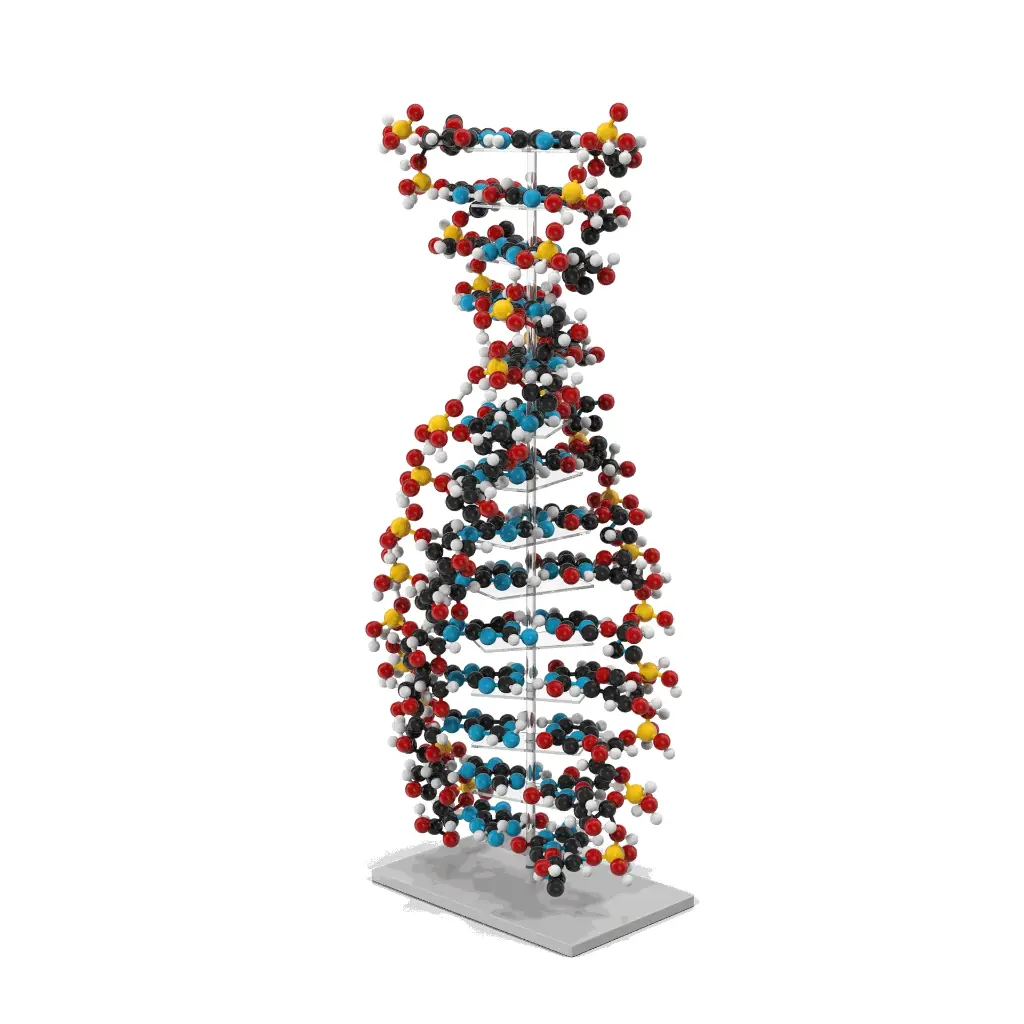Monkey Skin Total RNA
Key Features:
High-Quality RNA: Purified from monkey skin, ensuring excellent integrity for reliable experiments.
Ideal for Skin Research: Perfect for studying gene expression in skin cells, including skin regeneration and wound healing.
Versatile Applications: Suitable for RT-PCR, qPCR, and RNA sequencing to uncover detailed gene expression profiles.
Non-Degraded RNA: Ensures intact RNA for gene expression analysis in both research labs and clinical diagnostics.
Applications :
- Gene Expression in Skin: Investigate the gene regulation in monkey skin cells, which share significant similarity to human skin.
- Immune System Studies: Study how skin cells respond to immune stimuli and the immune system's role in skin diseases.
- Dermatological Research: Analyze skin conditions like psoriasis, eczema, and skin cancer using monkey skin RNA.
cs2

Understanding Skin Monkey Research
When we refer to skin monkey studies, we're diving deep into molecular biology and immunology research. By leveraging monkey skin RNA, researchers can gain valuable insights into the complexities of skin development and how immune responses are triggered in the skin, making it a crucial part of biomedical research.
Exploring the Unique Role of Skin Monkey in Immunology and Dermatological Research
Skin Monkey models offer exceptional insights into skin biology and immune response studies. With monkey skin RNA, researchers can investigate gene expression within skin cells, offering a reliable alternative to human skin studies. The Skin Monkey model is invaluable in understanding skin regeneration, wound healing, and immune interactions, particularly in the context of diseases such as psoriasis and eczema. As skin monkey cells closely resemble human skin, they provide an accurate system to study the genetic regulation of skin diseases and the response of skin cells to immune system triggers. With Skin Monkey RNA as a research tool, scientists are uncovering the genetic mechanisms that control cell differentiation, immune responses, and inflammation in skin tissues.

